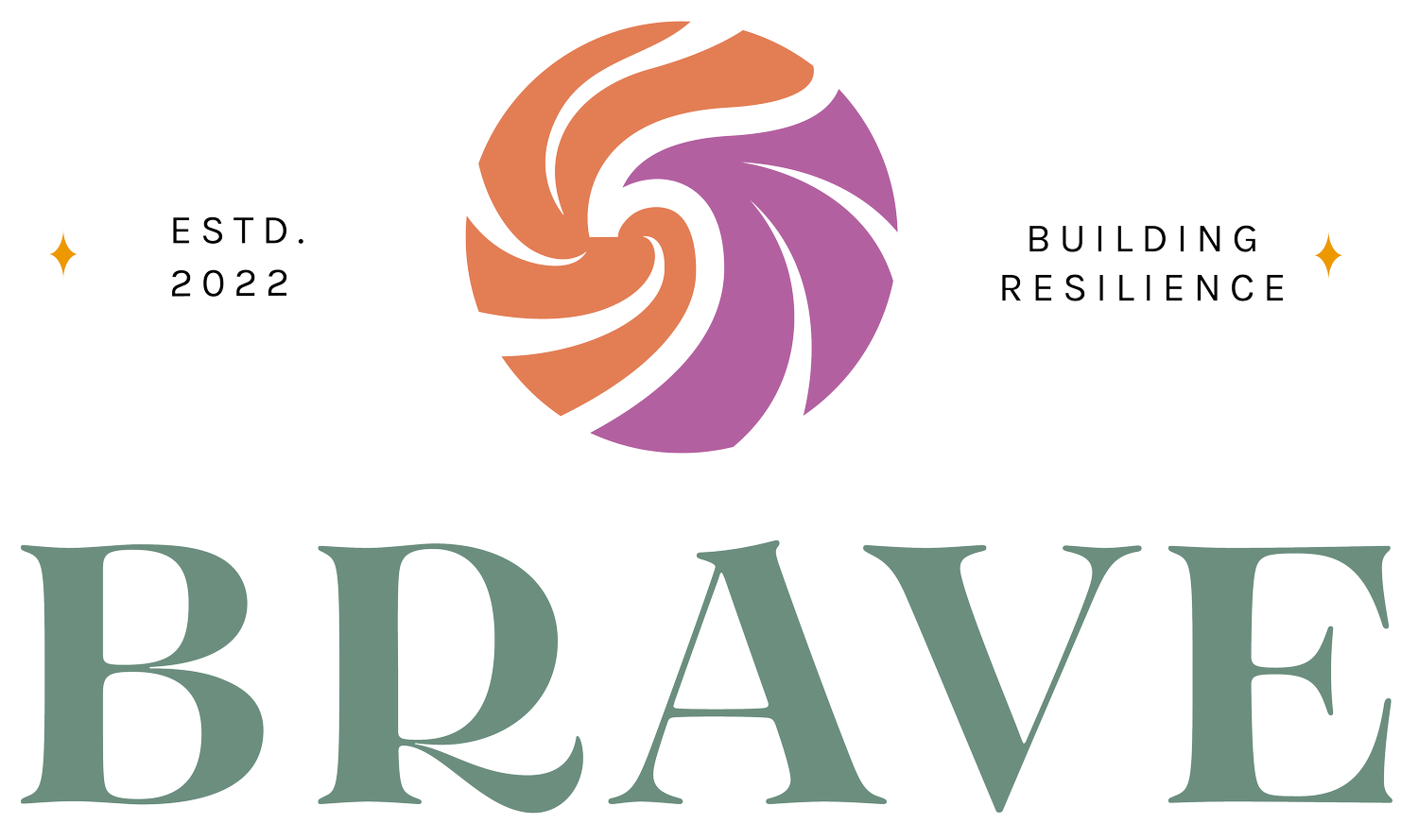Understanding Compassion Fatigue: Signs, Prevention, and Tools for Trauma Therapists
Understanding Compassion Fatigue: Signs, Prevention, and Tools for Trauma Therapists
Compassion fatigue is something every trauma therapist will face at some point. It creeps up quietly until one day you find yourself exhausted, overwhelmed, and feeling like you have nothing left to give.
Your cup is empty, and there’s nothing left to pour—not into your clients, and certainly not into yourself.
The good news? Compassion fatigue is not burnout.
It sits a few steps away from burnout, which means recognizing it early can help you refill your cup before you reach that point of no return. The earlier you catch it, the easier it is to recover—not just for your clients, but for you.
The Trauma Therapist Trauma Response: A New Way to Look at It
I want to introduce you to what I call the Trauma Therapist Trauma Response—a continuum of experiences trauma therapists face in our line of work.
This continuum starts with vicarious trauma, which I want to stress is normal and expected.
I know, that may sound counterintuitive.
In school and supervision, many of us are taught that being affected by our work somehow means we aren’t good enough or don’t have strong enough boundaries. How often have you heard the phrase, “You need to do your own work”? While there’s truth in that, I believe we’ve twisted vicarious trauma into something to be ashamed of.
Here’s the thing: You can’t walk through water without getting wet. Why would we expect to walk alongside our clients through their pain without being affected by it?
Vicarious trauma is what happens when we empathize deeply, which we should as trauma therapists. It happens because we care.
This is all normal, but if we don’t have tools to process it, the next step is compassion fatigue.
From Vicarious Trauma to Burnout: The Continuum
Let’s break down this continuum:
Vicarious Trauma – This is the starting point. It’s a normal part of the job, reflecting how much we care and empathize with clients.
Compassion Fatigue – The next step when vicarious trauma goes unaddressed. This is the classic “empty cup” feeling, where exhaustion and detachment creep in.
Secondary Traumatic Stress – At this stage, you may begin experiencing PTSD-like symptoms as a result of your work.
Burnout – The final stop on the continuum. At this point, leaving the profession feels like the only way to save yourself.
Compassion fatigue is the warning sign. It tells you something needs to shift. If you can recognize it early, you can stop the progression before reaching burnout.
How to Spot Compassion Fatigue Early
So how do you know if you’re starting to experience compassion fatigue? Here are a few common signs:
Emotional numbness or detachment – You feel distant from clients or stop feeling as connected to their stories.
Irritability and frustration – Small things—both in and out of the therapy room—irritate you more than usual.
Chronic exhaustion – Even after weekends off or vacations, you feel depleted and unrested.
Self-doubt and competence questions – You start wondering if you’re actually helping your clients or if you’re cut out for this work.
If any of this feels familiar, I want you to hear this loud and clear: This doesn’t mean you’re failing as a therapist. It means you’re human.
Why Compassion Fatigue Happens
Here’s a perspective shift that changed everything for me: Compassion fatigue doesn’t happen because we care too much. It happens when we don’t process the weight of our work.
Think about what we teach clients. Trauma isn’t healed by suppressing or avoiding it—it’s healed by processing it and allowing it to move through the body. The same is true for vicarious trauma and compassion fatigue.
The antidote isn’t caring less. It’s creating space to metabolize the weight of our work.
A Simple Reflection Practice to Help
One simple but powerful way to prevent compassion fatigue is through daily reflection. At the end of each day, take five minutes to sit quietly and ask yourself:
What stuck with me today?
What am I still holding onto?
Where do I feel it in my body?
What went well in my sessions today?
This practice helps release the emotional weight you may have unconsciously carried throughout the day. It’s not about ignoring the hard stuff—it’s about making space for the full picture, including the wins.
Compassion as a Renewable Resource
I genuinely believe compassion fatigue is a misnomer. It implies our compassion runs dry, but the truth is that expressing compassion feels good. Sharing kindness, empathy, and support can be nourishing, not depleting.
The fatigue comes not from compassion itself but from the lack of processing and support. The more we allow ourselves to share and process the weight of our work, the more rewarding and sustainable our practice becomes.
Get the Support You Deserve
If this resonates, I’ve created a free Vicarious Trauma Tracker and mini-course to help you manage the impact of your work. This tool isn’t just for spotting vicarious trauma—it’s designed to address compassion fatigue directly.
By learning to recognize vicarious trauma early, you can actively walk back compassion fatigue that may already be present and prevent the trauma therapist trauma response from progressing further.
We focus on vicarious trauma because that’s where the continuum begins. Addressing it at the start helps you disrupt the cycle, protecting yourself from secondary traumatic stress and burnout.
The tracker gives you practical ways to reset and reclaim your energy, creating space for you to thrive in your work.
You can download the Free Vicarious Trauma Tracker here. Let’s refill your cup, together!






